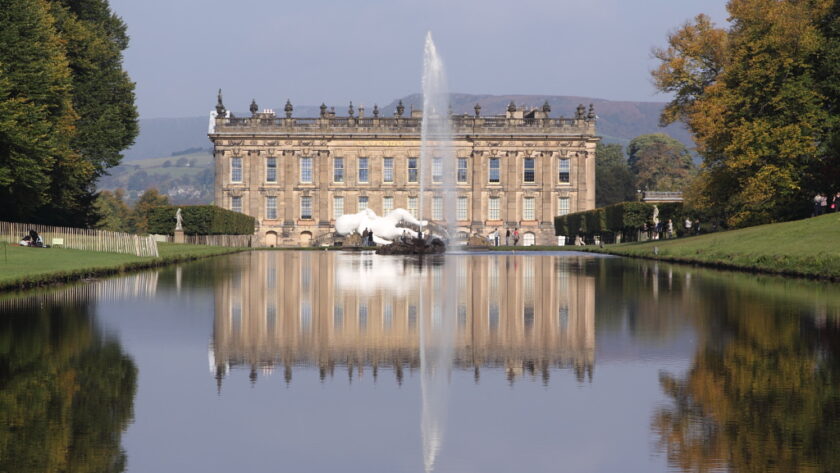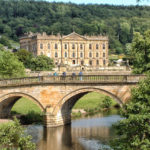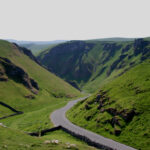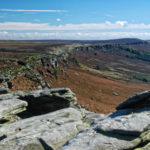Chatsworth House is a magnificent stately home located in the heart of the Peak District in Derbyshire, England. It is renowned for its architectural grandeur, extensive art collection, beautiful gardens, and historical significance. The history of Chatsworth House spans over four centuries and is closely intertwined with the Cavendish family, one of the most influential aristocratic dynasties in British history.
The estate on which Chatsworth House stands has ancient origins. The name “Chatsworth” is believed to be derived from the Old English words “Cetel’s-worth,” referring to a Roman settlement or a personal name combined with “worth” meaning an enclosed area or farm. The site has evidence of Roman occupation and was mentioned in the Domesday Book of 1086.
In 1549, Sir William Cavendish, a wealthy landowner, married Bess of Hardwick, a remarkable woman who played a pivotal role in shaping Chatsworth’s history. Bess was a formidable businesswoman, renowned for her intelligence, ambition, and architectural vision. With her husband, she embarked on an ambitious project to transform the existing Tudor house on the estate into a grand mansion befitting their status.
The construction of the first Chatsworth House began in 1552, and it showcased the latest architectural trends of the time, incorporating elements of Renaissance and Elizabethan styles. The house was expanded and remodeled several times during the 17th and 18th centuries by successive generations of the Cavendish family.
In the late 17th century, the fourth Earl of Devonshire, William Cavendish, undertook significant renovations, employing renowned architect William Talman to redesign the south front of the house in the classical style. The result was a splendid Baroque façade that transformed Chatsworth into a showpiece of architectural elegance.
The estate flourished under the sixth Duke of Devonshire, William Cavendish, who lived during the 18th and early 19th centuries. He commissioned renowned landscape designer Lancelot “Capability” Brown to transform the surrounding grounds, creating a landscape of rolling parkland, formal gardens, and a gravity-fed water cascade. The gardens were further enhanced by the addition of the Emperor Fountain, which became the tallest gravity-fed fountain in the world at the time.
The interiors of Chatsworth House were also enriched during this period, with magnificent artworks, tapestries, furniture, and sculptures collected by the Cavendish family during their extensive travels. The house became a treasure trove of artistic and cultural heritage, showcasing the family’s passion for collecting and patronage of the arts.
Chatsworth House played a significant role in history beyond its architectural and artistic splendor. During the English Civil War in the 17th century, the house was briefly used as a royalist base before it was seized by parliamentary forces. In the 19th century, the house became a hub for political and social gatherings, hosting illustrious guests, including Queen Victoria and Prince Albert.
In the 20th century, Chatsworth House faced numerous challenges, including financial difficulties and the impact of the two world wars. The estate was temporarily converted into a girls’ school during World War II, and the house was used to store precious artifacts from the British Museum for safekeeping.
Since the end of World War II, the Cavendish family has continued to maintain and preserve Chatsworth House and its grounds, opening it to the public to share its rich history and cultural treasures. The house underwent extensive restoration and conservation work, ensuring its architectural integrity and protecting its invaluable collections.
Today, Chatsworth House remains the ancestral home of the Cavendish family, with the current Duke and Duchess of Devonshire residing there. The house and its surrounding gardens attract visitors from all over the world, offering a glimpse into centuries of history, art, and horticultural excellence. Chatsworth House stands as a testament to the vision, taste, and enduring legacy of the Cavendish family, firmly establishing its place as one of the grandest country houses in England.



